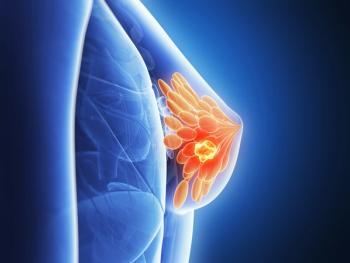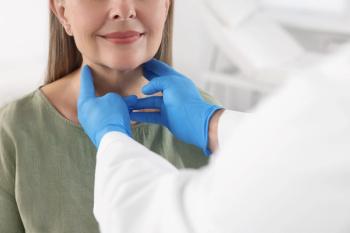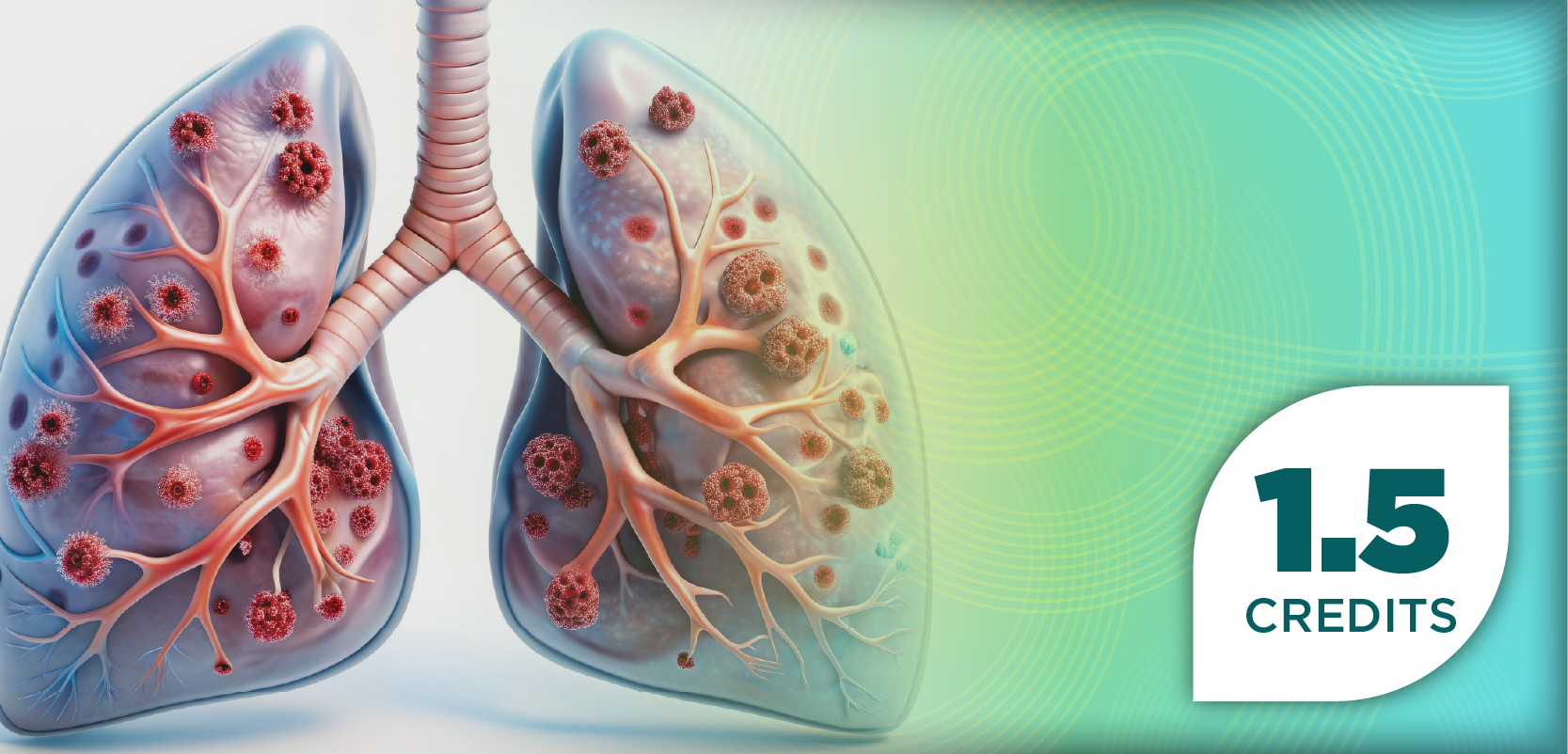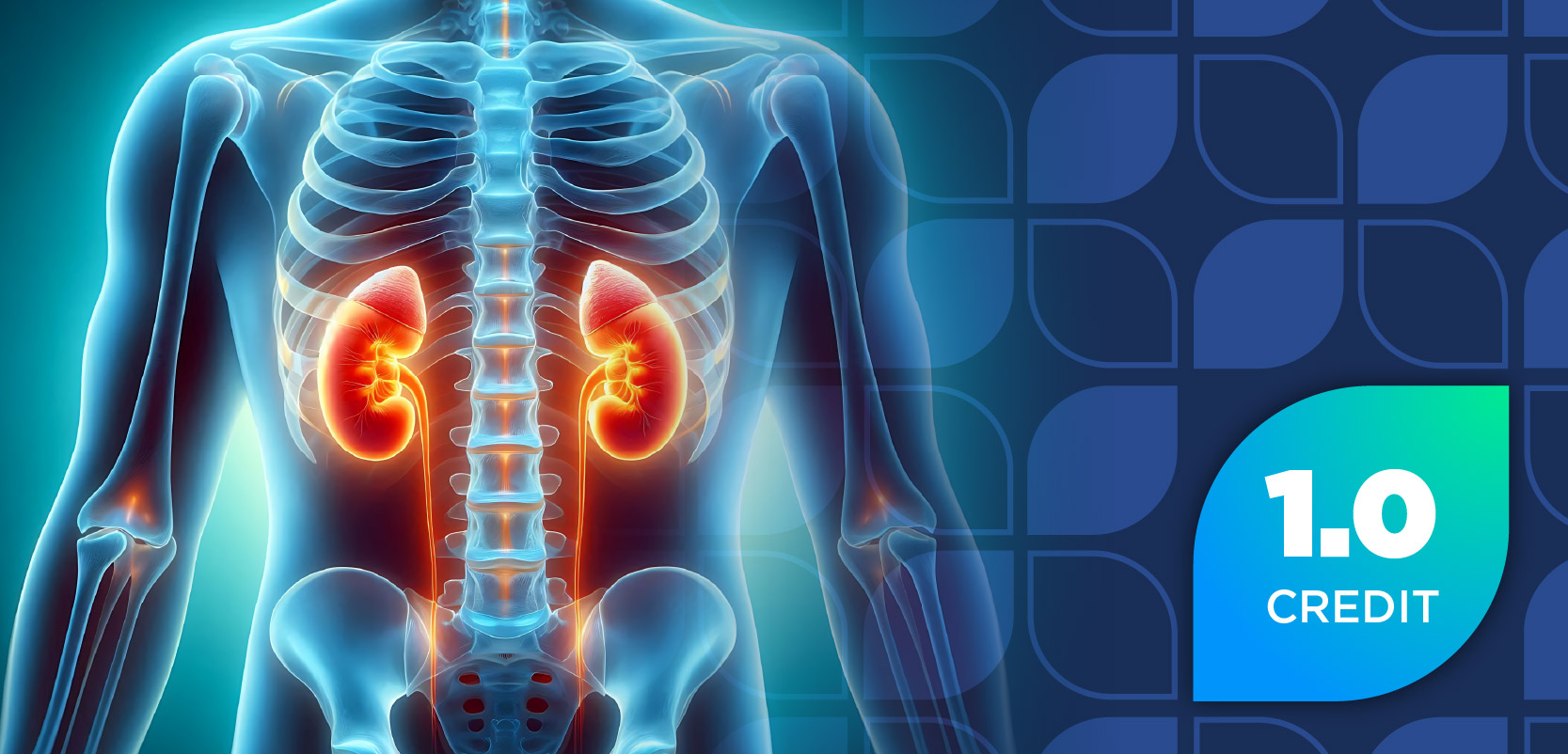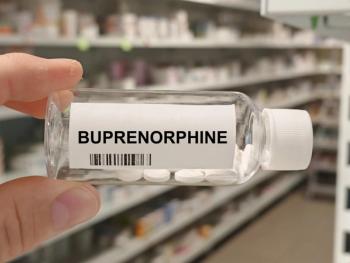
EHA 2025: Early Data Support Tocilizumab Use to Enable Outpatient Talquetamab Dosing in R/R Multiple Myeloma
Sundar Jagannath, MD, discusses how prophylactic tocilizumab reduced cytokine release syndrome incidence and severity with talquetamab in relapsed or refractory (R/R) multiple myeloma.
At the 2025 European Hematology Association (EHA) Congress, investigators presented updated results from the phase 1/2 MonumenTAL-1 trial (NCT04634552) evaluating the use of prophylactic tocilizumab to mitigate cytokine release syndrome (CRS) in patients with relapsed or refractory multiple myeloma receiving talquetamab (Talvey; Janssen Biotech), a first-in-class GPRC5D-targeted bispecific antibody. Building on earlier findings where CRS occurred in over 70% of patients treated with talquetamab alone, this exploratory cohort tested whether a single dose of tocilizumab (Actemra; Genentech) administered prior to step-up dosing could reduce the incidence and severity of CRS while enabling outpatient administration.
In this interview with Pharmacy Times®, Sundar Jagannath, MD, a lead investigator on the MonumenTAL-1 study, discusses the rationale for this approach, early safety and efficacy signals from the prophylactic tocilizumab cohort, and the potential implications for clinical practice and future trial design.
Pharmacy Times: What was the rationale for using prophylactic tocilizumab in this trial?
Sundar Jagannath, MD: In the MonumenTAL-1 trial (phase 2 part of the study), there was an incidence of CRS in approximately 73% to 79% of patients across both dosing regimens (0.4 mg/kg weekly; 0.8 mg/kg biweekly)—over 95% were considered grade I/II. Real world data evidence shows similar rates of CRS, ranging from 70% to 80%, primarily grade I/II.Tocilizumab treatment for CRS reduced the incidence of repeat events, promoting investigation of prophylactic tocilizumab before talquetamab to reduce the incidence and severity of CRS. In this update to the phase 1/2 MonumenTAL-1 results, prophylactic tocilizumab was investigated in a cohort of patients to see if it would reduce CRS incidence and severity with talquetamab.
Pharmacy Times: What impact did prophylactic tocilizumab have on the incidence and severity of CRS compared to historical rates in earlier MonumenTAL-1 cohorts?
Jagannath: 13 patients were enrolled in the prophylactic tocilizumab cohort. CRS occurred in 3 patients (23%; all grade 1 and no discontinuations). The total MonumenTAL-1 population was 388 patients. CRS occurred in 289 patients (74%; 98% were grade 1 or 2).
In the phase 1 step-up dosing portion of the MonumenTAL-1 study, similar rates of CRS were seen in both dosing regimens without the use of prophylactic tocilizumab:
- 77% of patients receiving 0.4 mg/kg weekly (23/30; only 1 was grade 3)
- 80% of patients receiving 0.8 mg/kg biweekly (35/44; none were grade 3)
Pharmacy Times: With 54% of patients experiencing infections and one death from pneumonia, how do you interpret infection risk in the context of immunomodulation from both talquetamab and tocilizumab?
Jagannath: The subject numbers were very small, and this particular cohort was not designed to evaluate infection rate as an end point. We did see that neutropenia (a known adverse effect [AE] of tocilizumab) grade and duration in cohort D did not differ from the global cohort. The infection rate in cohort D also did not differ from the global cohort. Further data would be needed, and there are more studies being conducted that combine tocilizumab prophylactically with talquetamab.
Pharmacy Times: Were there any unexpected safety signals, particularly related to tocilizumab, such as hepatotoxicity or elevated lipid panels?
Jagannath: The most common any-grade AEs in the tocilizumab/talquetamab cohort were dysgeusia (100%), dry mouth (77%), and non-rash skin AEs (77%).The most common grade 3/4 AEs were leukopenia (31%), lymphopenia (23%), neutropenia (23%), anemia (15%), hypertension (15%), and maculopapular rash (15%). One patient died due to pneumonia. There was only one reported AE of hepatotoxicity, and no reported AE of elevated lipid panels in cohort D.
Pharmacy Times: Were there any logistical challenges with administering tocilizumab prophylactically in the outpatient setting, such as infusion timing, patient monitoring, or insurance reimbursement?
Jagannath: Once subjects were enrolled, the tocilizumab prophylactically administration did not pose logistical challenges. Proper site selection and subject enrollment were important for preventing such challenges.
Pharmacy Times: What additional data are needed before this approach could be adopted more widely in clinical practice?
Jagannath: Early data for use of prophylactic tocilizumab shows promise for reducing incidence and severity of CRS with talquetamab. Systematic use of prophylactic tocilizumab across broader real-world cohorts in clinical practice will validate these results and provide more insights about optimal dosing, timing (especially during step-up dosing phase of talquetamab where CRS is most likely to occur) and patient selection based on risk factors.
Newsletter
Stay informed on drug updates, treatment guidelines, and pharmacy practice trends—subscribe to Pharmacy Times for weekly clinical insights.

